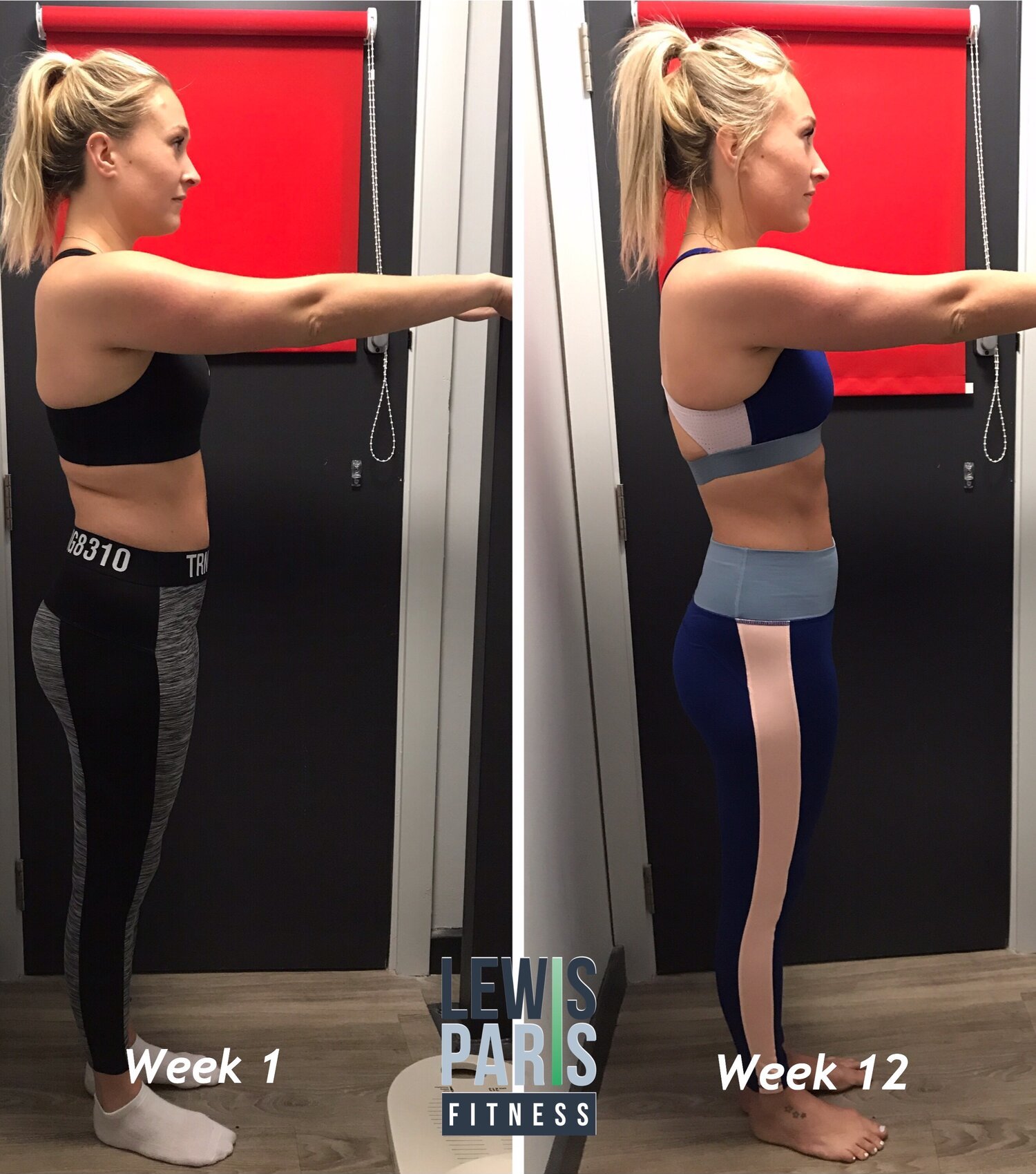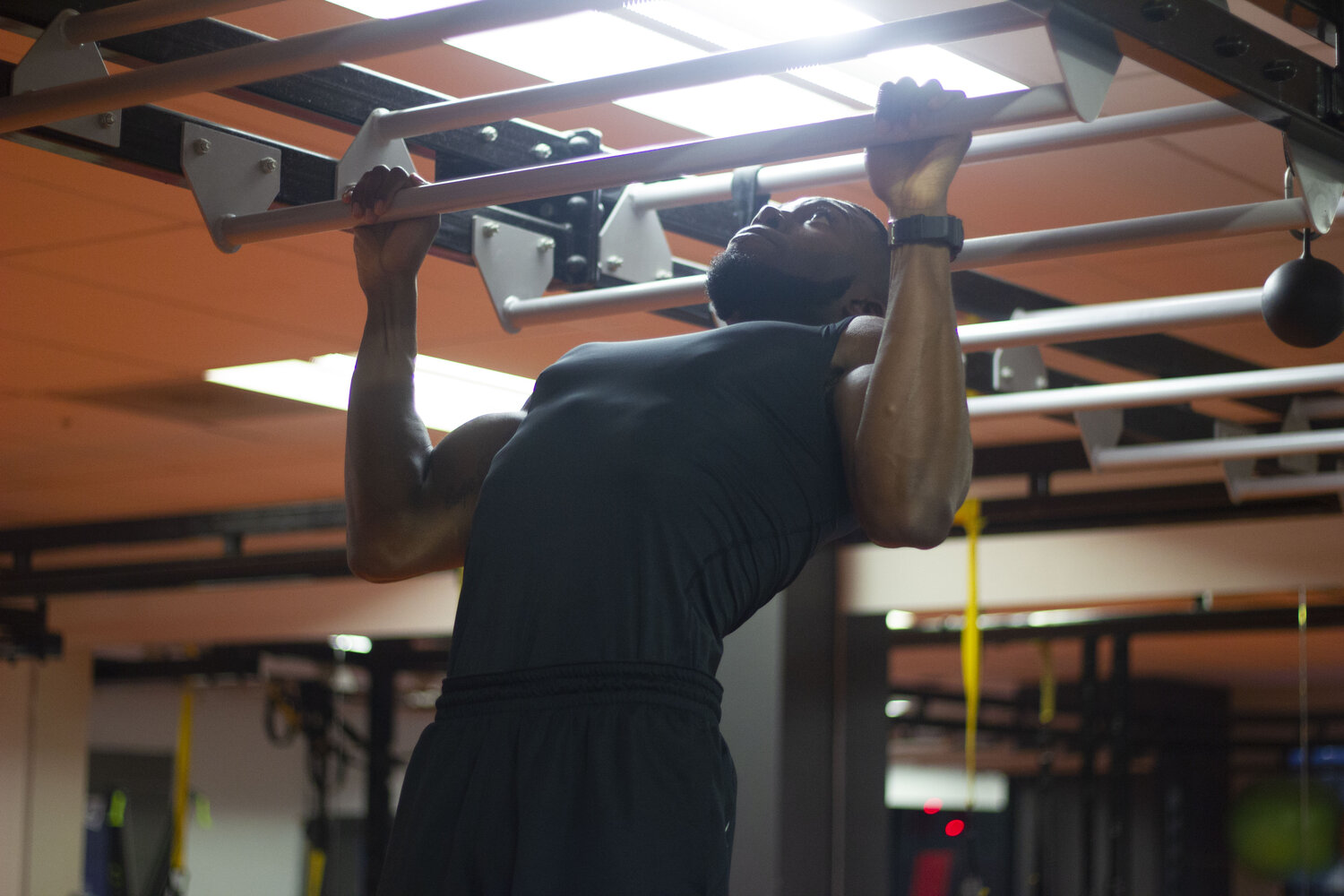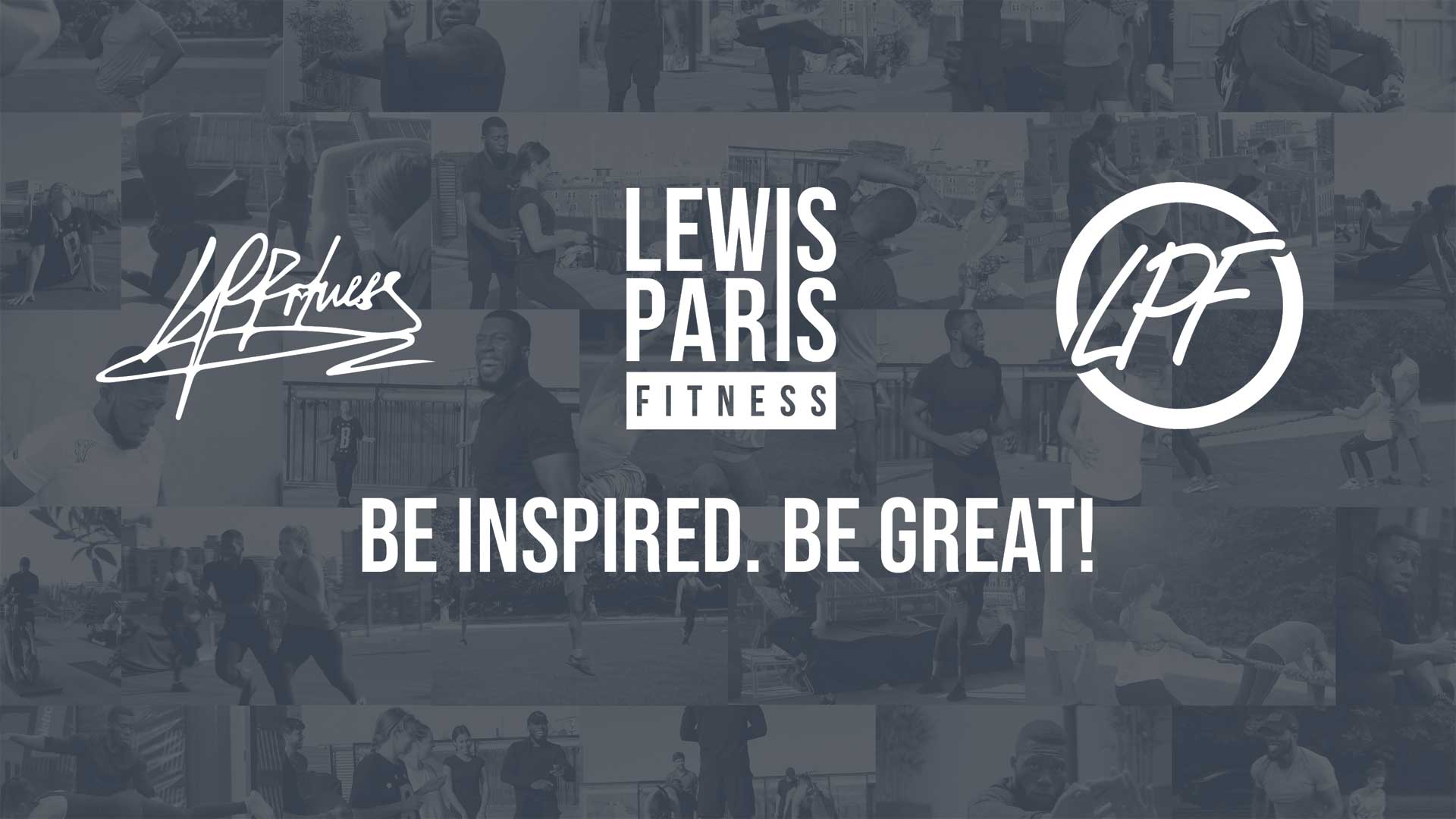Getting Back To Fitness After Lockdown
Returning to the gym after the lockdown restrictions eased, would have either been the most exciting or the most daunting thing to have happened.
Imagine this for a second, you head back to the iron paradise and try to train like you did pre-lockdown but without planning your workout prior to training, you start to feel clueless, out of place, or unsure of what to do and before you know it you're training every muscle in your body which has now left you thinking, what should i do for the rest of week?
The number one mistake I feel everyone would have made when returning to the gym would have been; Lifting the same weight pre-lockdown - or at least tried too.
Now, the biggest problem that this would have posed would have been the increased risk of sustaining an injury & the last thing we want to do is fail the race before it even started.
Remember, it's a marathon not a sprint!
This leads me to say how important it is to invest your time and effort into really creating and following a progressive programme tailored to your needs. Not only does it make you accountable for your training, it provides a steady routine, minimises risk of overtraining, decreases your chances of sustaining an injury and helps to rebuild good habits which may have been lost due to lockdown. I would highly suggest investing in a PT or follow a generalised but good workout plan from reputable trainers or coaches.
If you feel competent in the gym but feel you need a jump start to help get things going then here would be my go to's to help you on your journey to achieving your goals.
Goal Setting
Firstly, have an honest conversation with yourself. What is it that you're really trying to achieve? What is your ultimate goal? When do you want to achieve this? And how would you feel once you've achieved your goal?
I believe visualisation is key when it comes to achieving your goals, vividly think about your goals and then work backwards from it. The average person wants to lose weight but isn't realistic about it. Aiming to be "beach ready" in 4 weeks is the most common and unrealistic request to ever been asked, especially if that person has never trained before or reached that goal previously.
So be realistic!
Give yourself ample time to account for "bad weeks'', adaptations to your body, tweaks to your programme and learn to build good habits which can easily be incorporated into your lifestyle and sustained for years to come, which will make it increasingly easier to live a healthy lifestyle minus the fluctuations in weight and/or disappointment.
Depending on your goals and timeframe, a minimum of at least 3 months should be considered when wanting to achieve your goals. Once you've set your main goal, look to make smaller goals so your main goal becomes attainable. This will also provide a roadmap to the finishing line.

Charlotte’s wedding transformation
For example; Lose 5% body fat in 6 months.
The average person can lose 1-3% body fat per month but we must be mindful of the variables which may affect this stat - body composition, age, gender and the amount of body fat and muscle mass you start with. Below will be a sure fire way of reaching this goal in a controlled and safe manner based on the average gym goer or the complete beginner.
Remember, we want to build sustainable habits and ensure our goal is achieved without the need for a relapse - this is a marathon and not a sprint!
Month 1 - Understand your maintenance calories and then aim for a deficit of 2-300kcal daily. Focus on setting a weekly workout routine focusing around compound exercises and LISS cardio (Low Intensity Steady State Cardio). Create a food diary. Track progress through pictures & measurements every 4 weeks and weigh yourself every 2 weeks.
Month 2 - Based on measurements, continue to track calories and remain at a deficit - keep it simple and aim for a macro split around 40% carbs, 30% protein & 30% fat. Weight train 3 times a week based around total body workouts towards endurance, incorporate LISS cardio twice a week.
Month 3 - Should have started to incorporate good habits by now. Everything in moderation is good but if you want results you must remain consistent. 7-8hrs sleep per night, reduction of alcohol & processed foods, increased intake of fruit & vegetables and ensure a minimum of 2 litres of water is drunk daily.
Month 4 - Training will now be ramped up, looking to include a hybrid approach around hypertrophy and endurance to help minimise plateauing and ensuring progression is made. Strength training will be 4 times a week along with LISS cardio and encouragement around Non-Exercise Activity Thermogenesis (NEAT) activities i.e walking, shopping, house chores, cooking. Anything that's not planned exercise or sports related, this will help burn more calories which will help increase the chances of remaining at a deficit and achieving your goals.
Month 5 - Continued strength training routine still focused around compound exercises, more muscle = more calories burned. A closer inspection into daily food intake based on new measurements, carb or calorie cycling, boost protein intake or cut out more sugar for example. Incorporate interval training as another stimuli and edge towards performance training rather than just aesthetics.
Month 6 - The final push. If your goal is not achieved by now then you have to ask yourself, how consistent have you been in and out of the gym? Be accountable. Be honest! Revisit the plan and see what can be tweaked so your goals are met.
Plan Your Workouts
Now we're back in the gym, you must be wise regarding your training plan. Always start gradually, with the idea of increasing intensity as time goes on. We must crawl before we walk and we must walk before we run.
A great way to re-engage in training and getting you back to where you were previously, are compound exercises. If in doubt, keep it simple and look to incorporate as many muscle groups as possible.
Whether working out from home or at the gym, incorporating both calisthenics and weight training would be the most effective way. You can even split your time by training at home two times a week and then at the gym another two, this way you're controlling the rate at which you train thus ensuring a safe transition to pre-lockdown working out.
What is calisthenics?
It's a fancy term for body weight training and is the true marksmanship of strength training (that's me being biased). Think about it, if you can't manipulate your own body weight then what's the point of training? The human body is a marvellous thing and is definitely made to move and flow so why would we not incorporate this type of training into our routine?
Training the muscle groups rather than just isolation, you get more bang for your buck. For example; when you train your biceps you'd opted for chin ups but on top of that your body is incorporating other muscle groups such shoulders, core, chest and back - done correctly this will aid in good body alignment, recruit smaller muscle fibres, strengthen your neuromuscular response, improve mobility, build balanced strength and burn more calories.

Lewis Paris performing pull ups
Be smart in your comeback, here's an example of a weekly workout routine to help you bounce back.
Monday: Gym - Leg day
Tuesday: Home - Upper Push/Pull day
Wednesday: Rest
Thursday: Gym - Total Body Strength
Friday: Rest
Saturday: Home - Total Body HIIT & Core
Sunday: Rest
Gym - Sample Workout: Leg Day
Warm up:
10-15min Light Cardio and Mobility drills
2-3 sets | 90sec Rest
Banded Dead Bugs x40
Kettlebell Goblet Squats x20
Kettlebell Lateral Lunges x20
L-Sit Hold 30secs
Main:
3 sets | 2min Rest
Barbell Sumo Deadlifts x15
Dumbbell Walking lunges x30
4 sets | 2mins Rest
Barbell Front Squats x15-20
Elbow Plank Hold 60secs
Cool Down:
Light Cradio and stretch
Home - Calisthenics Sample Workout: Upper Push/Pull Day
Warm up:
10-15min Mobility drills
2-3 sets | 60secs Rest
Hollow Hold 60secs
Alternate Supermans x30
Superman Hold 60secs
5 sets | 40secs ON 20secs OFF
Straight Arm Plank
Main:
3-5 sets | 2mins rest
Pull Ups x10
Chin Ups x10
3-5sets | 2mins rest
Frog Stand 30secs
Press Ups xFailure
4sets | 2mins rest
Tricep Dips x20
Hanging Knee Raises x20
Russian Twists x40
Alternate V-Ups x40
Cool Down:
Stretch
Disclaimer: Use this plan at your own risk, this is a generalised plan aimed at providing an example of what you could do to workout. If you use this plan, you are aware of the complications imposed with the risk of training and you will only use these sample plans as a guide only.
Mobility & Recovery
To help minimise injury and ensure you have a healthy body to help you perform during your workouts, you must learn to give your body the needed TLC as it's important to spend time stretching and performing mobility drills as much as you weight train.
Without allocating time to do so, you'll notice subtle things which will hinder your progression and performance. This may include limited range of motion, niggles and pains in joints, muscle stiffness and plateau.
Stretching and mobility drills will not only minimise these warning signs but will also aid in recovering faster so you can get back on the gains train. Best way to incorporate these drills will be before working out, after working out or on rest days.
Always focus on mobility drills prior to working out, it'll help get you in the right frame of mind plus it'll give the body and joints enough time to warm up and perform effectively when exercising that particular muscle group.
Only stretch when the body is warm, NEVER cold as this may lead to muscle damage and injury which is what we don't want. Instead, use dynamic mobility drills in your warm up to help loosen out your body and better prepare you for the workout to come. So save your stretching for after the workout aiming to stretch the specific muscles you just worked on and never rush it.
Take your time aiming to stretch at least 20-30secs with each drill.
Lastly, rest!
Sleep and recovery go hand in hand. If you don't rest adequately you won't progress as well as you think and your performance whilst working out would suffer greatly.
Studies have shown weight loss increases with good ample rest and sleep, With a lack of sleep you tend to eat more high calorie foods as the body needs to find ways to boost energy levels so it can survive throughout the day.
Improve your sleep by avoiding caffeine, alcohol and larger meals in the evening, sleep in a darkened room, aim to keep the room as cool as possible and look to stick to a daily sleep routine.
Remember, it's all about consistency so stay on track as much as possible.
Be Inspired. Be Great!
#PushingYOUtoGreatness
Lewis Paris, Director & Award-Winning Personal Trainer at Lewis Paris Fitness







